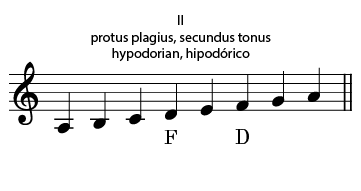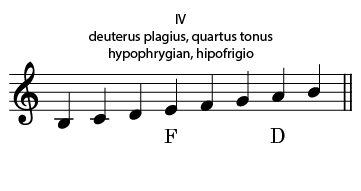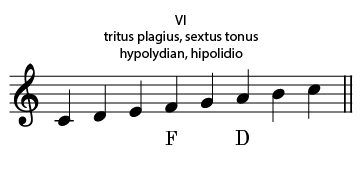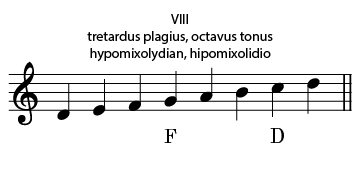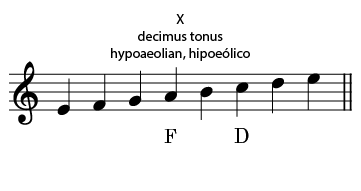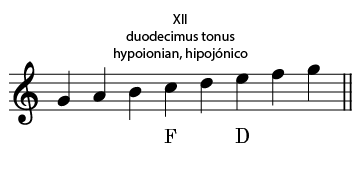Reference : gregorian modes
Gregorian or church modes were used throughout the Middle Ages and the Renaissance. During the Renaissance they gradually became our major and minor scales. The number of modes varies from period to period and from theorist to theorist.
Gregorian modes have a final, a note with which the melody ends. Its function was similar to that of the tonic in the major and minor scales. Gregorian modes also have a dominant. The dominant is a note that is emphasized throughout the melody.
Modes are divided into two categories: authentic modes and plagal modes. Each plagal mode is associated with an authentic mode. Both have the same notes and the same final. The difference between an authentic mode and its associated plagal lies in the nature of the dominant note and in the range or ambitus.
Treatises on Gregorian chant assign the odd numbers I, III, V, and VII to the authentic modes. Their corresponding plagal modes are given the even numbers II, IV, VI, and VIII. The corresponding plagal mode of authentic mode I is II, that of III is IV, and so on.
Some theorists use Greek names such as Dorian, Phrygian, Lydian, and Mixolydian to refer to the authentic modes I, III, V, and VII, respectively. As for the plagal modes, the prefix hypo is added to the name of its authentic relative: mode II becomes the Hypodorian mode, mode IV becomes the Hypophrygian mode, and so on.
These modes were forgotten for several centuries. However, variants have reappeared and are being used again in classical music as well as in jazz.
The twelve Gregorian modes are listed below. Finals are indicated by the letter F, dominants by the letter D:
Authentic Modes
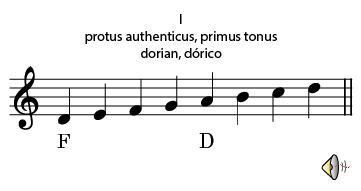
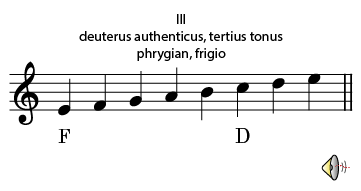
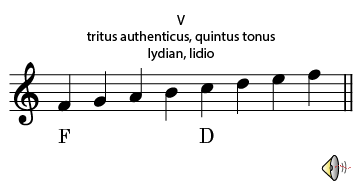
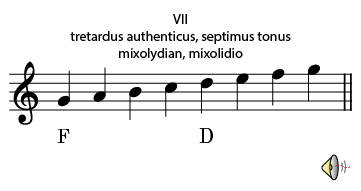
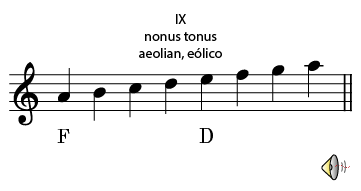
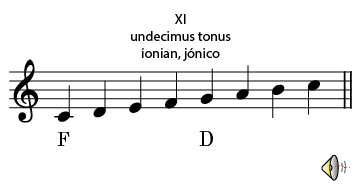
Plagal Modes
